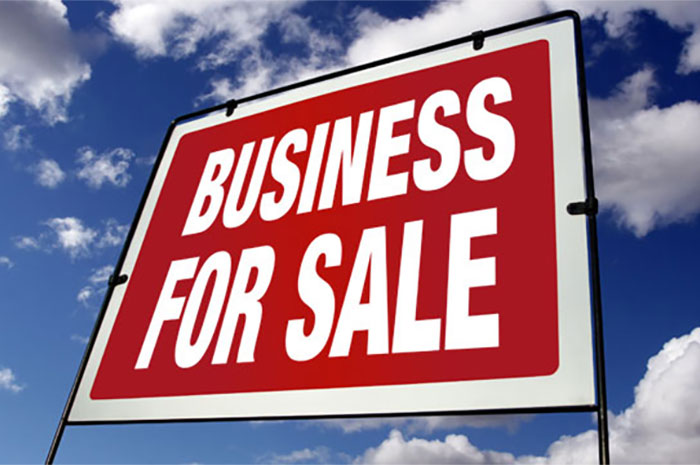
There are several ways for me to answer this question.
1) I can simply say that the price should be somewhere between 2 to 3 times Seller’s Discretionary Earnings (also known as Owner’s Discretionary Cash Flow) plus inventory at cost for a Main Street Business or somewhere between 4 to 6 times EBITDA (earnings before interest, taxes, depreciation and amortization) for a business in the middle market. When using the EBITDA model, inventory is factored into the multiple.
In both models, if you have vehicles or machinery, you can include the fair market value of the items less any associated financing. It is very common for the owner to retain all cash and accounts receivables and be responsible for all liabilities as of the date of closing. Sometimes, the owner includes accounts receivables in the asking price to help the buyer with their working capital needs. When accounts receivables are included in the selling price, there normally is a provision for uncollectible accounts.
Main Street businesses might have revenues from hundreds of thousands to roughly $3 million and Merger and Acquisition (M&A) companies might have revenues from $3 million and above. The multiples I quoted are for financial buyers and not for strategic buyers. Strategic buyers will pay more for a business because their business model can be synergistically expanded with the acquisition and can justify the higher price.
The strategic buyer is buying market share, access to customers, capital assets, company reputation, patents, trademarks and other tangible and intangible assets. Accordingly, the strategic buyer might pay multiples of 4 to 5 times Seller’s Discretionary Earnings (SDE) or multiples of 7 to 10 times EBITDA based on the perceived strategic fit between your company and theirs.
2) How important is money versus freedom in your life? If you want as much money as possible for your business, you should be more aggressive when setting the initial asking price. The reason I say initial asking price is because during the last 26 years I have learned that circumstances and owner emotions can affect the asking price on a day to day basis.
If freedom is more important to you, then you should be less aggressive in setting your asking price. Perhaps you have health issues, perhaps there is a new baby in the home, perhaps you have aging parents that need assistance or perhaps you are simply burned out and need a period of time to recharge your batteries and find something else to do. You cannot place a price tag on freedom, and the longer your business sits on the market unsold, the more valuable your freedom becomes.
3) Set your asking price at any one of the following price points:
a. What you want for your business based on years of blood, sweat and tears. Unfortunately, a buyer is not very interested in what you have invested in the company since inception.
b. What you need for your business to pay off all debts to banks, vendors, others and yourself. Unfortunately, a buyer is also not interested in what you owe your bank, your creditors or yourself.
c. What you will accept to pay off all external liabilities but not pay yourself back what you have loaned your business. Once again, a buyer is not interested in helping you out of your jam.
d. What you will accept for your business to avoid personal bankruptcy. I do not want you to think all buyers are heartless, but here also they have little concern for your well being.
e. A price that can be justified to the buyer. If real estate is involved, you need a current arm’s length 3rd party appraisal in addition to a justifiable multiple of SDE or EBITDA.
In conclusion, setting an asking price is a daunting challenge. No one wants to leave money on the table nor do they want their business to sit on the market and never sell. It is a delicate balancing act. From my twenty-five years of experience, the more flexible you make your terms, the more you can ask and receive for your business.
